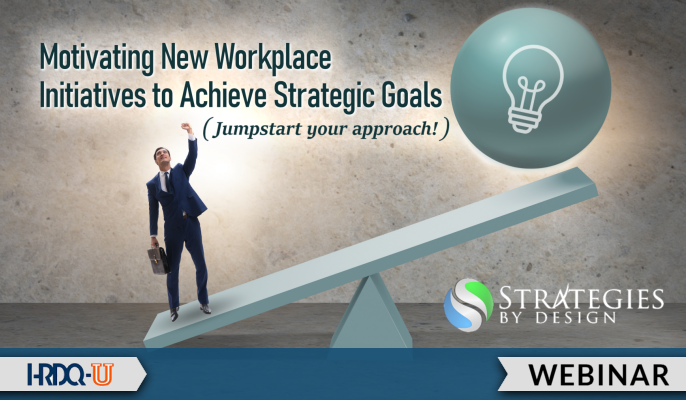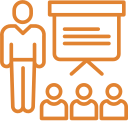The Evolution of Corporate Growth
In the past, corporate growth was synonymous with staying ahead of the competition. Companies engaged in a constant struggle to outperform their rivals, utilizing various social technologies and communication tools to gain an edge. However, innovation and creativity were seldom associated with these efforts. It was merely a race to survive in the cutthroat world of business.
The Shift Towards Customer-Centricity
Today, the landscape has dramatically changed. Big businesses are realizing that their primary focus should be on catering to the demands of their consumers rather than constantly monitoring their competitors. The modern economy thrives on consumer preferences and needs. It’s no longer about “keeping up with the Joneses” but about offering convenience and the latest in technological advancements. This shift necessitates a profound connection between businesses and their customers. Enterprises must understand their customers’ expectations and actively seek better solutions to fulfill their needs. Enter emotional intelligence in business – a crucial factor in deciphering and addressing these customer demands.
Design Thinking: A Solution for Customer-Centric Innovation
Design thinking has emerged as a powerful approach to finding innovative solutions that cater to customer demands. This versatile methodology typically involves a 3 to 5 or even a 6-step process, depending on the specific group of design thinkers implementing it. Design thinking with emotional intelligence is adaptable and malleable, making it an ideal tool for addressing the ever-changing landscape of customer needs.
The Fear of Disruption and the need for Innovative Leadership
Corporate leaders today are haunted by the fear of being disrupted out of existence. Rapid technological innovation poses a significant threat to market relevance, and this fear has pushed companies to prioritize innovation as a competitive imperative. However, despite their intentions, most companies fall short of their innovative goals. Achieving true innovation requires a clear and defined leadership mindset that permeates the entire organization. A single CEO cannot drive innovation in isolation. It’s an innovate-or-perish scenario.
Incorporating Design Thinking into a Culture of Innovation
To thrive in this era of innovation, companies must integrate design thinking into their culture of innovation. Innovation should be woven into the collaborative network, fostering a spirit of inquiry among team members. In this environment, innovators can harness the power of design thinking and emotional intelligence to create solutions that hold significant value for customers – solutions they would willingly pay for. Achieving this involves contextualizing the customer experience within the dynamic process of design thinking.
Defining Design Thinking for Innovation
Jeanne Liedktka, from the University of Virginia’s Darden School of Business, offers a comprehensive definition of Design Thinking that encapsulates its essence:
“Design Thinking is a problem-solving methodology (especially well-suited for investigating ill-defined problems) that is human-centered, possibility-focused, and hypothesis-driven. It is a style of thinking that combines empathy for the users and immersion in the context of a problem, creativity in the generation of insights and solutions, and a data-based experimental approach to assessing the quality of solutions.”
This working definition of design thinking serves as a guiding principle for organizations seeking to establish a culture of innovation to maintain influence in the corporate marketplace. Also, while embracing emotional intelligence in business and nurturing a culture of innovation through creativity and skills training is paramount in today’s competitive business environment.
Design Thinking and Emotional Intelligence in Business
Innovation and creativity are no longer optional but essential for survival. Businesses must shift their focus from competition with other companies to understanding and meeting the emotional needs of their customers. Emotional intelligence, coupled with methodologies like design thinking, is the key to unlocking corporate innovation. To stay influential in the marketplace, organizations must foster a culture of innovation that embraces empathy, creativity, and a data-driven approach. The future belongs to those who can harness the power of emotional intelligence in business to connect with their customers on a deeper level and deliver innovative solutions that truly resonate.













